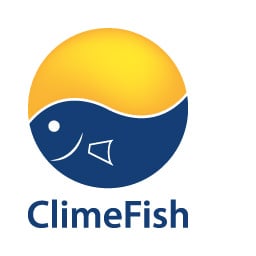C13 North West of Spain
Billions of mussels filtering the water of the Galician rías
Mussel cultures in North West of Spain
The blue mussel Mytilus galloprovincialis is extensively cultured on hanging ropes in the large coastal indentations of NW Spain, know and “rías”, from the 1950’s. Currently, the total production of the area is above 200.000 tons, 40% of the European and 20% of the World production. Cultured mussels feed directly from the environment. Therefore, the success of this culture is based on three pillars:
1) the particular oceanography of the area, which is the sole coastal upwelling system of the European mainland, ensuring natural nutrient fertilization
2) the intricate orography of the coast, with the “rías” being excellent protected sites for aquaculture infrastructures as the mussel rats
3) the technology developed by local farmers to better manage the culture
Effects of climate changes
Coastal upwelling areas are “sentinels” for climate change because of the sensitive of coastal winds, the main external forcing of this systems, to climate conditions. This sensitivity is particularly enhanced off North West of Spain, where upwelling is not permanent but seasonal and it is at the boundary between the subtropical and subpolar regimes of the North Atlantic.
Currently, there are evidences about the dependency of mussel settlement, growth rate and quality (meat yield) on the climate conditions of the area. Climate is also behind the recurrent harmful algal bloom events that produce farms closure and cause difficulties to commercialization. Ocean acidification is also a threat for calcifiers as mussels, but not that critical at the 2050 horizon.
What do we plan to do in ClimeFish?
In ClimeFish, we will focus on forecasting the impact of climate change on the growth rate and the meat yield of culture mussels under the predicted climate condition of 2050 using a dedicated numerical Individual-Based Model (IBM) up-scaled to the population level. Forecasting of red tide events will by approached using statistical models.

